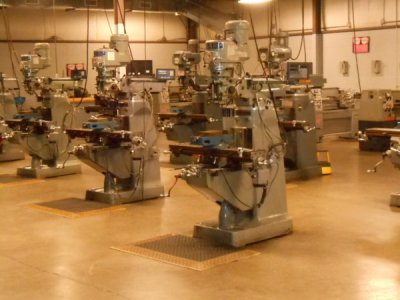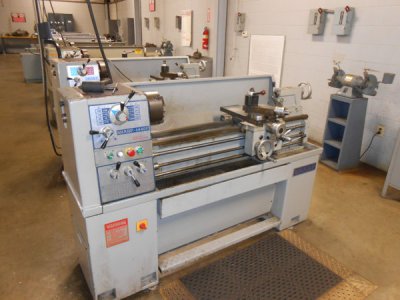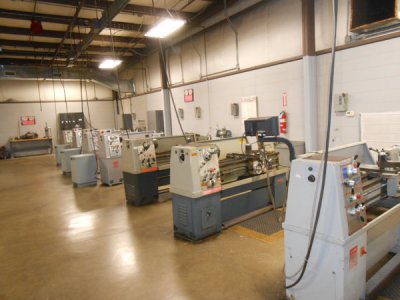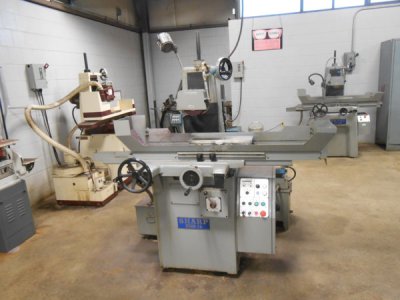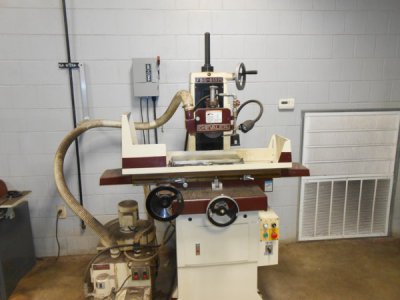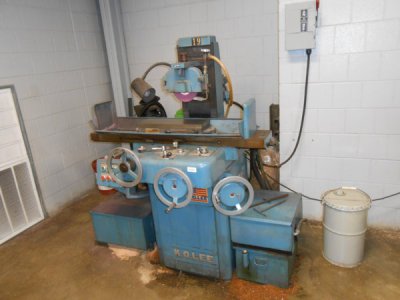- Joined
- Sep 15, 2017
- Messages
- 55
After a couple of delays due to MLK holiday and snow days, we finally attended our first class in lathe operations this morning. (01/18/2018) I am attending Pulaski Technical College in North Little Rock, AR and this is a one semester class. I was also signed up for a milling class but only two people signed up so it got cancelled. Basically, all we did today is take attendance and the instructor showed us the two parts we will be making this semester. Looks like a widget with turned steps and a machining jack. He said that if we finish the jack early enough in the semester, he may have us make another one with left hand threads. He claims that left handed threads are easier. I took a peek into the shop after he dismissed us and we will be working with Sharp 1440V (5 of them) and a Clausing Colchester I did not see the model number. I have a Clausing 6913 at home which will be having it's 50th birthday in April. It was built in April of 1967. I will try to take pictures and share what I learn as we go along. I am also taking a welding class in the evenings. So excited to start making chips and sparks this year.

